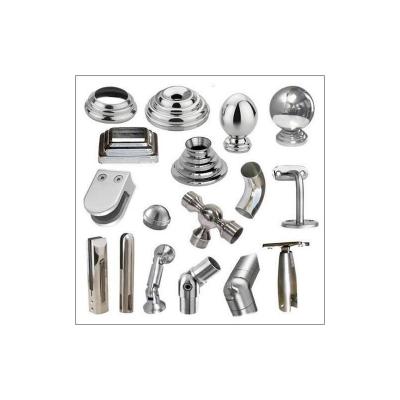The difference between fixed welds, welds, and prefabricated welds in pipeline welding
In long-distance pipeline transportation projects, pipeline welding is regularly the maximum vital processing step, so the selection of welding joints and welding techniques at some stage in processing turns into extra vital. In standard welding operations, constant welding, rotary welding, and prefabricated welding are regularly selected.
Fixed welding method that the weld joint can not be moved after the pipe institution is paired, and it adjustments with the welding role at some stage in the welding method (horizontal, vertical, elevation, and pitch adjustments). Welders carry out Omni-directional welding, in particular whilst overhead welding, the welding technique isn't always smooth to operate, and the welder has excessive technical necessities and is susceptible to defects. It is generally built at the pipe gallery and steadily changed through different welding techniques.
Rotating weld is the turning weld at some stage in the welding method in order that the welder can carry out welding in an excellent role (horizontal, vertical, elevation, or tilt). The welding role is flat welding or vertical welding. The welding operation is handy and there are few defects. The production is largely at the floor or floor. And that is effortlessly suffering from the welding site, so that is simplest used on a few unique projects
Under regular circumstances, we use constant ports as movable ports. The movable port is a pipe prefabricated welding port, and the pipe phase may be moved or circled whilst the pipe is prefabricated off-site. The constant port is a welding port established on-site, and the pipeline can not be moved or circled at this time.


